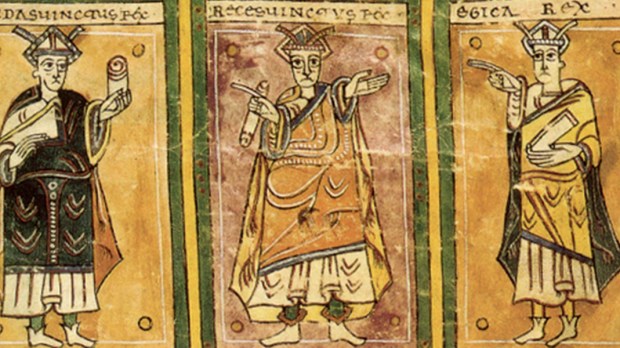Lenten Campaign 2025
This content is free of charge, as are all our articles.
Support us with a donation that is tax-deductible and enable us to continue to reach millions of readers.
Visigothic chant, also known as Mozarabic chant, is the plainchant tradition of the Visigothic/Mozarabic Rite of the Catholic Church, primarily associated with Hispania (now Spain) under Visigothic rule.
Whereas it is more commonly known as “Mozarabic chant,” this definition is, in many ways, misleading. For historical reasons “Hispanic liturgy,” as it has also been called, is more appropriate.
While it is true that the manuscripts that comprise the canon of this kind of liturgical chant are all subsequent to the Arab invasion of the Iberian Peninsula, it is also true that these texts just gather an oral tradition already described by St. Isidore of Seville in his text De ecclesiasticis officiis.
Visigothic chant is born from two traditions. One, coming from northern Spain, known as Castilian-Leonese; the other one, from the south of the Peninsula, known as Toledane (from Toledo), although it most likely originated in Seville, as the testimonies of St. Isidore seem to indicate.
These chants, according to some sources, have a strong Jewish influence: apparently, until the 4th century in the Iberian Peninsula, Jews and Christians shared some liturgical practices, such as the recitation of the psalms and the reading of the Old Testament books. From these common practices, some of the melodies we hear in these monodic liturgical forms might have derived.
In this playlist, we wanted to include some of the most beautiful chants in this tradition. Enjoy!

